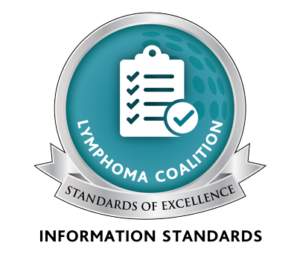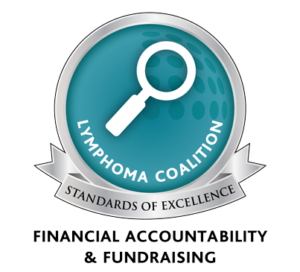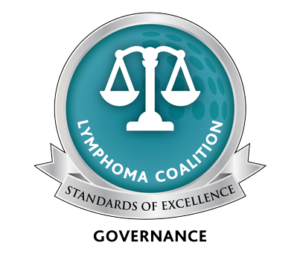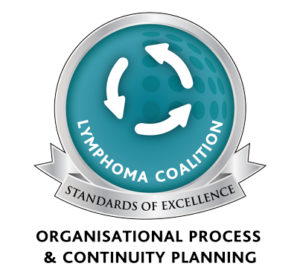Home » Lymphoma » CLL & SLL » Treatment » Chemotherapy » Chemotherapy Side Effects » Myelosuppression
The most important thing you can do is be alert for signs of myelosuppression. If you notice these symptoms, tell your doctor immediately.
Types of Myelosuppression
|
Possible signs and symptoms
|
What can be done?
|
|
Anemia – decrease in the number of red blood cells
|
- Feeling tired and weak
- Shortness of breath
- Lightheadedness
|
- Injections may be given to help boost the bone marrow production of red blood cells
- Red blood cell transfusions might be required for severe anemia
|
|
Neutropenia – decrease in the number of neutrophils, a type of white blood cell that fights infections
|
- More frequent and/or serious infections or the recurrence of old viruses, like shingles
- Fever; sore throat; rash; diarrhea; redness, pain or swelling around a wound
|
- Chemotherapy might be delayed or the dose reduced
- Antibiotics may be prescribed
- Injections might be given to boost the bone marrow production of neutrophils (G-CSF)
|
|
Thrombocytopenia – decrease in the number of platelets
|
- Increased bruising
- Excessive bleeding from cuts, nosebleeds and bleeding gums
|
- Avoid blood-thinning medications, such as aspirin, might be recommended
- Platelet transfusion might be necessary in severe cases
|





